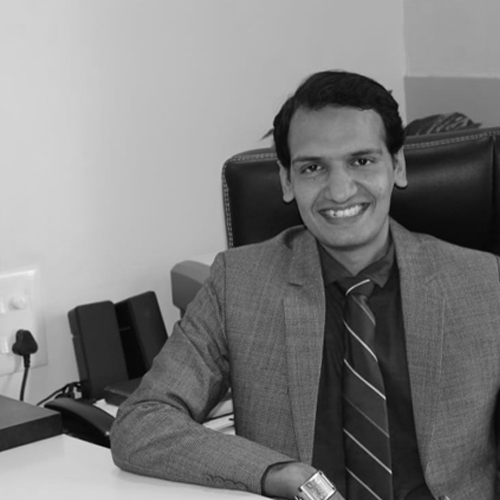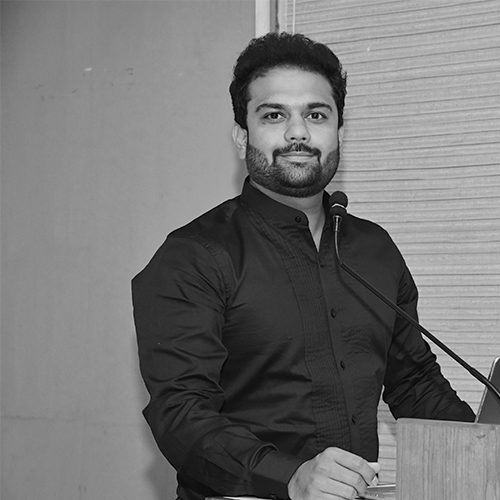Strategies for Active Bystander Participation in Physical Settings

Now that we know what the phenomenon is, we can discuss why it's hard to intervene. Helping others is sometimes a tough task, especially when we're part of a group. Often, we hold back, thinking someone else will step in and handle things, making us feel less responsible.
It's like being on a big team where everyone's waiting for another teammate to take the lead. This hesitation creeps in, especially when everyone seems calm around us, giving the impression that the situation isn't urgent.
On top of that, the worry of being judged or facing legal issues makes things even more challenging. We might fear that trying to help could bring trouble, or that we're not sure exactly what to do, stopping us from taking action when it really matters. But the good news is, we can change this. It starts by understanding these challenges and finding ways to overcome them.
On an individual level, when you see someone needing help, you can try the following steps to break the bystander effect:
- Create Eye Contact: Establishing eye contact with someone in need can communicate empathy and may prompt you and others to take action.
- Use Direct Language: Instead of assuming someone else will help, say, "I'm going to call for assistance. Can someone else help too?" Direct language diminishes diffusion of responsibility.
- Practice Mindfulness: Stay present in the moment. Mindfulness can help you overcome hesitation and respond to situations more actively.
- Ask for Specific Help: Instead of a general call for help, ask someone nearby to assist in a particular way, such as finding a first aid kit or calling for professional help.
- Encourage Others Verbally: If you witness someone hesitating, say, "Let's help together." Encouragement can break the inertia and prompt collective action.
- Break Down Tasks: Instead of expecting one person to handle everything, break down the tasks needed for assistance, making it more manageable for everyone involved.
- Know Emergency Procedures: Familiarize yourself with basic emergency procedures. Knowing what to do can boost your confidence in taking immediate action.
To mitigate the bystander effect from a societal level, we can aim to implement:
- Education and Awareness Campaigns: Conduct workshops or campaigns to educate the community about the bystander effect, emphasizing the importance of individual responsibility.
- Community Engagement Initiatives: Foster a culture of support within the community by organizing events that encourage active participation and mutual care.
- Encourage Reporting: Create channels for reporting incidents anonymously. When people feel safe reporting, it helps break the silence around bystander situations.
- Recognition and Reward Systems: Acknowledge and celebrate instances where individuals break the bystander effect. This positive reinforcement encourages a proactive community.
- Create Support Networks: Establish local groups or online platforms where community members can share experiences, discuss interventions, and support one another.
By addressing the concerns and promoting a culture of responsibility and knowledge, we can make it simpler for everyone to step up and support each other.







